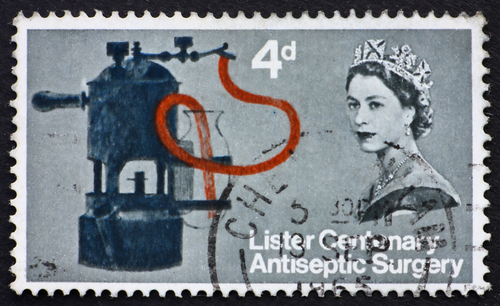
Was Sarah Forbes Bonetta a significant individual in Victorian history?
Every so often you come across the story of an individual that makes you think ‘Whoa! What a life!’ They can make you re-evaluate what you thought you already knew. Sarah Forbes Bonetta is one of those people. Sarah Forbes… Read More







